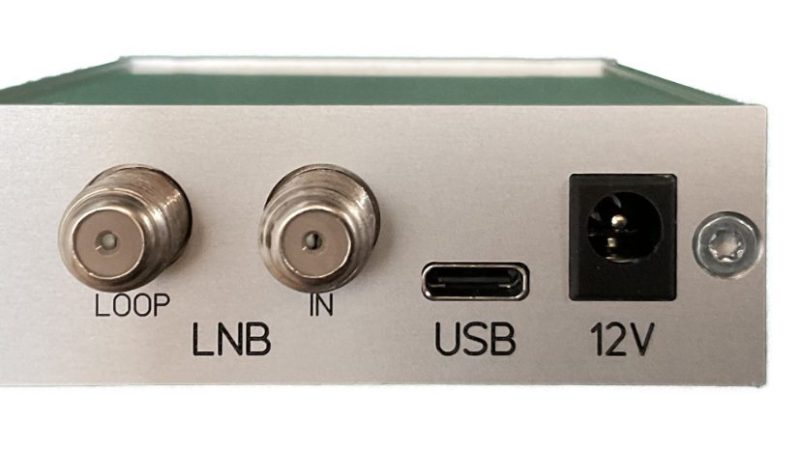Generally, a digital TV tuner is something you buy rather than something you make yourself. However, [Johann] has always been quite passionate about the various DVB transmission standards, and decided he wanted to build his own receiver just for the fun of it.
[Johann]’s build is designed to tune in DVB-S2 signals transmitted from satellites, and deliver that video content over a USB connection. When beginning his build, he noted it was difficult to find DVB reception modules for sale as off-the-shelf commercial parts. With little to nothing publicly available, he instead purchased a “Formuler F1 Plug & Play DVB-S2 HDTV Sat Tuner” and gutted it for the Cosy TS2M08-HFF11 network interface module (NIM) inside. He then paired this with a Cypress CY7C68013A USB bridge to get the data out to a PC. [Johann] then whipped up a Linux kernel driver to work with the device.
[Johann] doesn’t have hardcore data on how his receiver performs, but he reports that it “works for me.” He uses it in South Germany to tune in the Astra 19.2E signal.
We don’t talk a lot about DVB these days, since so much video content now comes to us over the Internet. However, we have still featured some nifty DVB hacks in the past. If you’re out there tinkering with your own terrestrial or satellite TV hardware, don’t hesitate to notify the tipsline!
















Congratulations, really good work :D
My approach with ESP32 sits on a pile of other unfinished stuff for now.
More DVB shenanigans dropping at Supercon 👀
Ausgezeichnet! Excellent! I love the idea of making something to your liking and use, not just what’s there for the masses. ;) Makes me want to dabble a bit more into SDR and MPEG4 Satellite reception now.
Would be interesting to (partly) replace the NIM with an SDR. Is there an open source DVB-S2 demod which fits into a reasonably small FPGA which could accept I/Q from a tuner?
“We don’t talk a lot about DVB these days, since so much video content now comes to us over the Internet.”
What are you trying to say here? My experience in TV sales and installation has told me that DVB (DVB-T) is very much still relevant.
More people are getting the wrong idea that they can just connect a smart TV to the internet with no dish or aerial and be able to simply punch in 1 for BBC One or 3 for ITV. Sure you can with a Freely TV but what’s available at the moment are little better than re-badged turds from the same factory.
What we need is a proper ‘DVB-I’ standard hashed out… and it looks like the beginnings are already in motion.
“[Johann] doesn’t have hardcore data”
I expect that has now been rectified.
I’m a little confused by the rationale of this project. The author writes “reception modules (NIMs, consisting of tuner and demodulator) are not publicly available for purchase” – this is not true.
Although not popular, DVB-S2(X) receivers are available from TBS in various versions. While I share the sentiment of the author to do stuff himself, I don’t want other readers to think this is the only way.
“NIM” only refers to the tin can at the top left, not to the whole board.
If it makes sense is not a question I would raise for a hobby. For me personally, I now understand most aspects of DVB-S2 reception from the dish to the transport stream layer of the Linux kernel, and, along the way, I learned about the 8051 CPU. But, of course, you can also ask AI.
I did eventually understand that the whole idea is to process the bitstream directly from NIM. Didn’t occur to me at first…
PS: Are you the author of this tuner? Cheers! I also wrote my thesis about DVB with more less the same title! For me the idea was to create a software remultiplexer, which just received whole transponders (DVB-S) and multiplexes (DVB-T) and broadcast only the PIDs that were actually watched over LAN – there was also a client application that was used to notify the remultiplexer what stream to send. Aaah, those were the times!